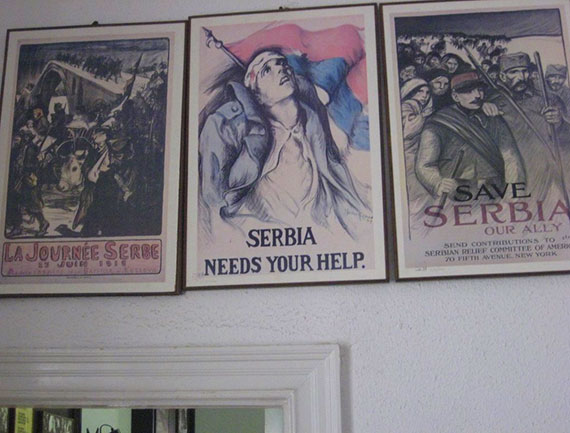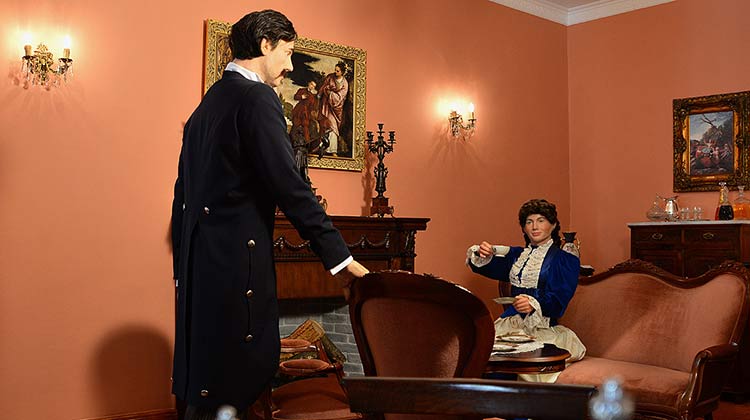Archaeological Museum Corfu
The Archeological Museum of Corfu was built between 1962 and 1965 and it is located towards the end of Garitsa bay, very close to Corfu town.
The original purpose of the museum was to house the ruins of the Temple of Artemis but ended up housing a beautiful collection of other important archaeological finds, too.
These include the oldest stone pediment in Greece, the Gorgon pediment from the Artemis temple of Corfu, which dates back to 590-580 BC, the Lion of Menecrates, dated back to the 7th century, the pediment of Dionysus dated back top 500 BC, the terracotta statuettes of Artemis and many others.
A visit to the Archeological Museum is a must for those who want to go a bit deeper and explore the beauty of the island through its history.
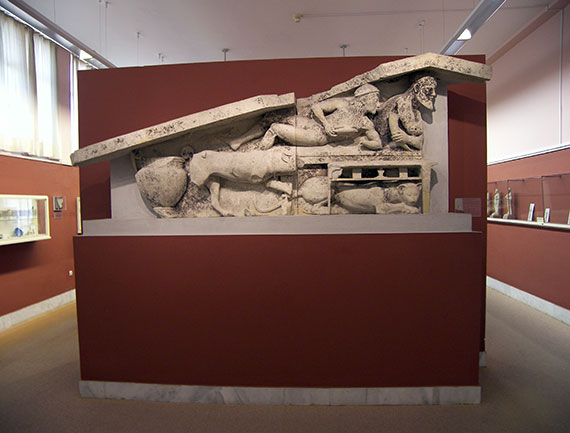
Achilleion Palace Corfu
Several movies, series and even animated series for children have been made in order to tell the story of Empress Elizabeth of Austria, also known as Sissy. The Empress’s admirers, who spend their summer vacations on the island, have the unique opportunity to visit Achilleion palace, an impressive Phaeacian palace that was built by her in 1890 and was used as her summer residence.
The palace was designed by the famous architect Raffaele Caritto and built on a 200,000 m2 estate area. The central theme of the palace is Achilles and the popular sculpture of Dying Achilles, made by the German sculptor Ernst Herter, forms the central piece of the Achilleion palace. The location of the estate provides an exclusive panoramic view of Corfu town and the southeastern part of the island. The gardens of the Achilleion estate match the palace’s beauty and enhance it even more.
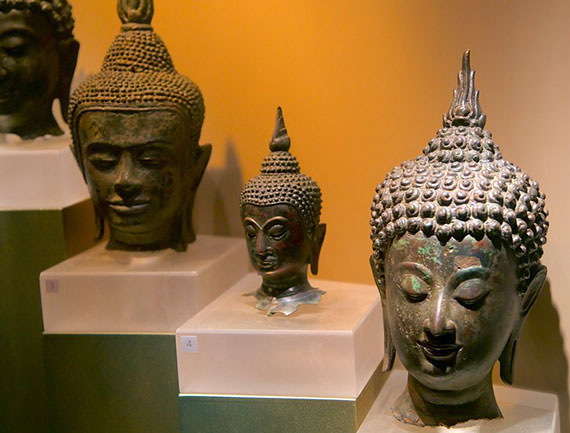
Museum of Asian Art Corfu
Some may find it peculiar that a museum of Asian Art is located in Corfu island but thanks to Gregorios Manos, Corfu is proud to be the only place in Greece to have an Asian museum. Manos had purchased approximately 9,500 Chinese, Korean and Japanese artefacts at auctions in Vienna and donated his collection to the Greek State, on the condition that a Sino-Japanese art museum had to open in Corfu. A second donation was made by N. Chatzivasileiou with artefacts from India, Pakistan, Tibet, Siam and Northeast Asia and the third donation was made by Ch. Chiotakis. Today, the collection includes almost 11.000 objects from Japanese pictures to Chinese china and Indian sculptures. The Museum of Asian Art can be found in the palace of St. Michael and St. George in Corfu town.
Byzantine Art Museum Corfu
This beautiful Byzantine museum is located in the area of Kampiello, in Corfu town. The aim of the museum during the restoration and the new display was to recreate it as a church. The collection of the museum includes several items and pieces of the Cretan and Heptanese schools in Corfu, dating from the 15th to the 19th century. More specifically, it hosts works by artists like Michael Damaskinos, Emmanuel Lambardos, Nicholas Tzafouris and Emmanuel Tzanes.
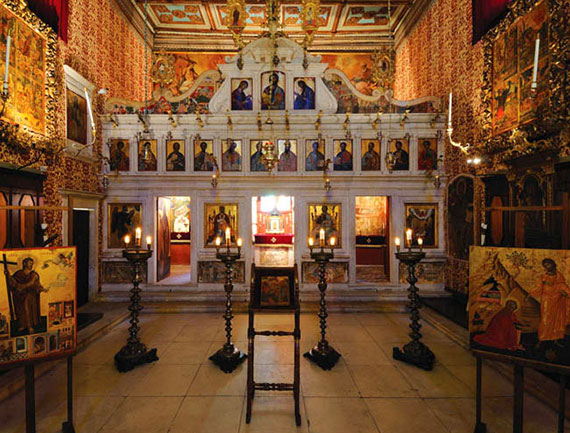
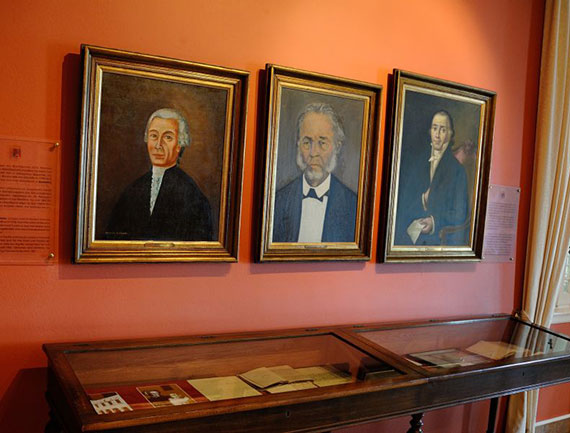
Solomos Museum Corfu
Dionysios Solomos is considered to be the National poet of Greece and is famous for writing the Hymn to Liberty, which is Greece’s National Anthem. Although he was born in Zakynthos in 1798, he spent the greatest part of his life in Corfu. His house on the island was destroyed during the WWII due to the bombings but was later restored and today operates as a museum. It holds a collection of photographs, a variety of important books, a series of portraits and the poet’s preserved desk as well as a small autograph. The museum is located in Corfu town.
Serbian Museum Corfu
Very close to the town hall of Corfu, one can find the Serbian museum. This museum depicts the sad destiny of the Serbian soldiers during the WWI, who fled from Serbia and found shelter in the island of Corfu after the Austro-Hungarian attack in 1915.
The Serbians stayed in Corfu for 3 years and this museum is dedicated to them, carrying several exhibits from photographs of that period to uniforms, flags and religious artifacts of the Serbian Kingdom.
